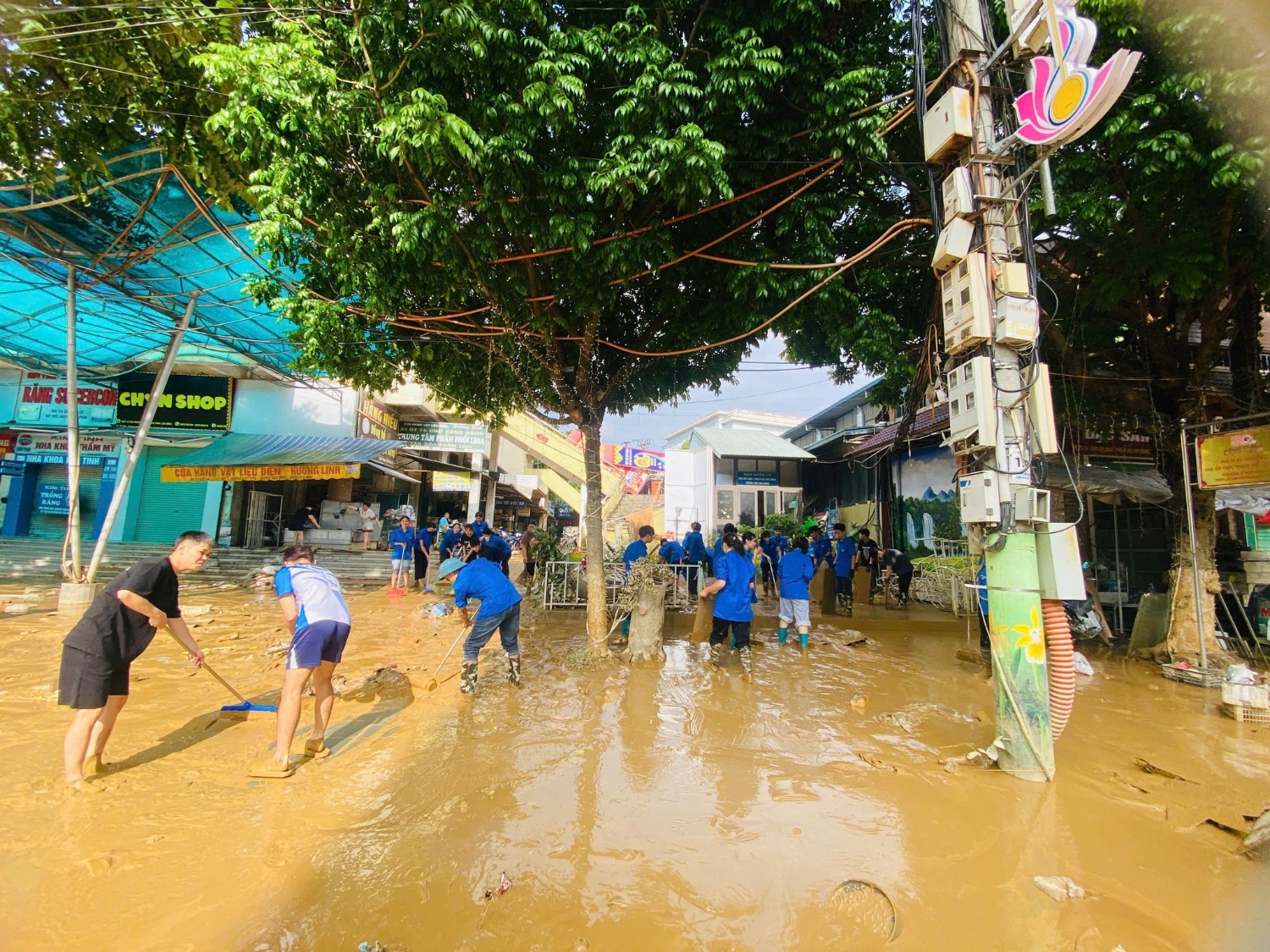Fund Resilience, Not Disasters

October 13 is selected by the United Nations as the International Day for Disaster Risk Reduction to call on the global community to raise awareness and take action to prevent, respond to, and recover from disasters. According to the 2025 Global Assessment Report on Disaster Risk Reduction by the UN Office for Disaster Risk Reduction (UNDRR), disasters over the past two decades have caused losses amounting to USD 2.3 trillion, directly affecting billions of people. Beyond property damage, disasters leave severe psychological impacts, particularly on vulnerable groups such as women, children, the elderly, and persons with disabilities.
In this context, the United Nations urges countries to shift their mindset from reactive response to proactive investments in disaster risk reduction, aiming to build long-term disaster resilience within communities. October 13 is also recognized by ASEAN as the ASEAN Day for Disaster Management, reflecting the region’s commitment to cooperation in disaster risk reduction, response, and recovery.
Since the beginning of 2025, Vietnam has experienced 20 types of natural disasters across various regions nationwide which are increasingly frequent, abnormal, and extreme. Rapidly moving storms with unpredictable paths and prolonged heavy rains have caused “storm-on-storm” and “flood-on-flood” situations in many provinces. According to the Ministry of Agriculture and Environment, between July 22 and October 13, the country experienced nine storms, five of which directly impacted the mainland. Disasters since early 2025 have resulted in 238 deaths and missing persons, over 258,000 damaged houses, 555,000 hectares of crops flooded, and economic losses exceeding VND 33.5 trillion. These figures are not just economic losses but also warnings about humanity’s limits in coping with climate change.
10 and 11, which caused 7 deaths, 5 injuries, over 14,000 homes were damaged due to collapse, roof loss, ground subsidence, and flooding. More than 11,000 hectares of crops were destroyed, thousands of livestock and poultry perished, and numerous roads, schools, medical facilities, irrigation works, and power and water systems were heavily damaged, resulting in economic losses exceeding VND 3 trillion.
In response, Cao Bang mobilized all available resources and implemented comprehensive support measures for affected residents and businesses. Emergency aid, food distribution, and rapid infrastructure restoration were carried out promptly, demonstrating solidarity and proactive spirit. The province is also reviewing damage assessments and developing recovery plans while raising public awareness of disaster prevention and mitigation. Notably, Cao Bằng is developing a “72-hour disaster response kit” to help people prepare essential supplies for the first 72 hours of isolation after a disaster before rescue forces can arrive. This is a practical initiative to enhance community self-reliance and disaster preparedness.

In celebration of the International Day for Disaster Risk Reduction 2025, Vietnam focuses on strengthening community capacity under the principle of “investing for the future.” Vietnam Disaster and Dyke Management Authority has launched a series of educational and communication programs targeting youth under the message: “Investing in today’s youth is building tomorrow’s resilience.”
Programs such as “Understanding Disasters - Building the Future” in collaboration with UNICEF, the “Green Lesson Plans - Safe Future” competition with Save the Children, and the “Safe, Clean, and Green Community” model implemented in Ca Mau and Cao Bang all aim to establish a sustainable foundation for early disaster prevention, mitigation, and response. These initiatives not only improve public awareness, knowledge, and skills but also affirm Vietnam’s proactive role and responsibility in regional and international forums on disaster risk management and climate change adaptation.
As climate conditions grow increasingly extreme, funding resilience must go beyond building early warning systems, infrastructure, and flood defenses, it must be integrated into broader development strategies. Safe urban planning, circular economy promotion, renewable energy use, and forest and water resource protection form the foundation for long-term adaptation. Every action including rational planning and safety education, and international cooperation contributes to building proactive and adaptive communities resilient to disasters, toward a sustainable future.
Author: L.T
Reader Comments
Newer articles
Older articles


